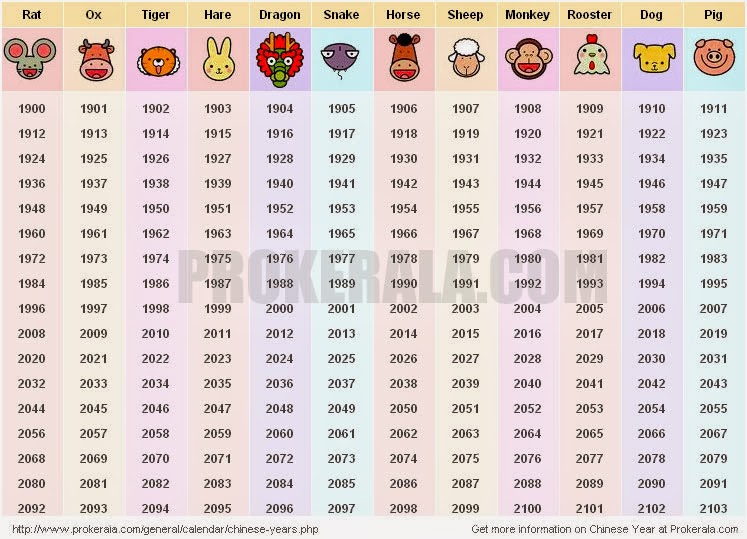Posts
Showing posts from 2013
Story of the Chinese Zodiac
- Get link
- Other Apps

Here is a little video inspiration I found on youtube to teach during this period of winter holidays - the story of the Chinese zodiac. It fits well together into the topic Christmas, New Year and winter holidays. This story can be taught to children of all ages starting from 8 or 9 years old, and even adults. You students are supposed to know some basic grammar rules and some English. There are fun things to do and here is a lesson plan. 1. Preparatory stage. Find a picture of the Chinese zodiac, with animal signs and years. Find descriptions of the Chinese zodiac animal signs. Watch the video and read the story. 2. How to introduce the topic. Ask your students the question: We are now in the year 2013. Which year is the next? (The students are supposed o answer 2014). Keep on asking: What animal symbolizes the next year? (Some of them may guess or know - The Horse). You may say: The Horse is an animal sign of the Chinese zodiac . What other animal signs do you know? How ma
Teaching about school uniform and clothes
- Get link
- Other Apps

Just found this nice video on youtube. It's a great way to teach about school uniform to the beginners. You may start with just showing the beginning of video and ask your students to guess what it is about. Then you may wonder who that girl is. A British student? An American student? A young model? How old is she? Do they actually wear a school uniform in their school?
Shall we dance? Imperative Mood.
- Get link
- Other Apps
Use this video to teach Imperative Mood. Pay attention to the order of words, the verb being in the first place and the absence of the subject in the sentence. Explain the negation don't (do not) and how it stands before the verb. Mention other possible ways to make imperative sentences: Shall we dance? Let's dance, etc.
Where do they live?
- Get link
- Other Apps
To be taught this video, students are supposed to be familiar with the questions What's this? Where? or you may explain what this means. Also it is good to stop at the sentence "She lives in Moscow" and pay attention to the ending s as this is what many students forget about at the beginning. You may also explain the question "What's the weather like ...?" and train it later as a small talk at the beginning of each lesson. The weather changes every day, doesn't it? The video is composed of two parts. In part one, students may just first watch the video and you can make stops where necessary to explain things. You can play part 1 again asking students to repeat after the speaker. You may also want to make them write down names of the cities, countries in their dictionary. In the second part students are supposed to answer questions. Finally, you may ask each student "Where do you live?" and get the answer. Then ask "What's the weathe





